Stop Staring at Plain Windows: Build Custom Mullions for Under $40
Difficulty: Moderate
Time: 2-3 hours
Cost: ~$35 total (~$9 per window)
You have probably walked past those colonial or farmhouse windows with crisp, divided panes and thought, My plain windows could use that kind of character. Good news. You do not need new windows or a contractor. With a few basics from the hardware store and a free afternoon, you can turn single panes into eye candy that actually looks built in.
This project creates decorative grids, called mullion strips, that attach to your existing windows without affecting how they open or close. Mullion strips are slender architectural elements that divide the panes of glass in windows, and they add classic charm to modern spaces. One successful DIY project cost just $35 total, about $9 per window, a massive savings compared to professional retrofit options, which can cost several thousand dollars.
What You’ll Need
Materials
- Polystyrene vinyl screen molding or pine screen molding, ¾ inch width recommended
- Double-sided mounting tape, exterior grade
- Spray paint, color to match window frames
- Hot glue sticks
Tools
- Measuring tape
- Miter saw or miter box with hand saw
- Hot glue gun
- Level, optional but helpful
Safety First
- Wear safety glasses when cutting
- Spray paint in a well ventilated area, outdoors or in a garage with doors open
- Adult supervision required if children are helping with measurements
- Test spray paint on a scrap piece first to confirm adhesion
Steps
-
Measure your windows precisely. This step makes or breaks the project, so slow down here. Proper measurement of window width and height is essential for fitting mullion strips accurately. Measure the visible glass from frame edge to frame edge, width and height. Write down measurements for each window, even twins can be a hair off.
Here is what I learned the hard way: measure twice, cut once really applies here. Those seemingly identical windows in my living room? One was actually 1/4 inch narrower than the others.
-
Plan your grid pattern. Before you cut anything, sketch your design. A typical pattern uses two vertical pieces and six horizontal pieces per window, the classic nine pane look. For balanced proportions, divide your window width by three for vertical spacing, and height by four for horizontal spacing.
Tip: glance at nearby trim or doors and line up your grid with those visual cues. It looks intentional, not random.
-
Cut your pieces to length. Use your measurements to cut vertical pieces to the full window height, then cut horizontals to fit between the verticals. Each 8 foot piece of trim can typically handle 2+ windows depending on size and style, so a few sticks go a long way.
If your cuts are not perfect, do not sweat it. You can shave a bit more off, and minor gaps all but disappear once painted and installed.
-
Paint all pieces before assembly. Be patient here. Spray painting requires at least three coats to properly cover polystyrene material. Use thin, even passes and let each coat dry fully. Set up outside or in a breezy garage. Those spray paint fumes are no joke.
-
Assemble your grids. Time for the satisfying part. Lay the vertical pieces on a flat surface at your measured spacing. Use hot glue to attach horizontal pieces to the vertical pieces. Work steadily, hot glue sets fast, and keep an eye on your layout.
Tip: place a horizontal piece at the bottom between verticals first to ensure equal spacing before gluing the rest. It becomes your guide, and everything snaps into line.
-
Test fit before final installation. Hold the completed grid against the glass and check the fit. This is your moment to adjust. Trim excess length or width as needed so it sits snugly, not warped, not sloppy.
-
Attach mounting tape and install. Apply double-sided mounting tape to the back of vertical pieces and outer horizontal pieces. Use enough for a firm hold, but not so much that removal becomes a fight later. Peel the backing one section at a time and press firmly onto clean glass.
Why it works: This approach creates the visual appeal of traditional divided-light windows without impacting structural integrity. Unlike traditional mullion grids made by manufacturers with thin strips of aluminum between the panes of glass, these install on the glass surface, so your windows still operate normally while delivering that classic look.
Cleanup & Disposal
- Store leftover paint properly, check local regulations for spray paint disposal
- Save extra trim pieces for future repairs or touch ups
- Clean your hot glue gun while it is still warm, store safely when cooled
- Toss tape backing and packaging in regular trash
Troubleshooting
Problem: Grid does not sit flat against glass → Fix: Check for debris on glass, clean with alcohol wipes before installation
Problem: Horizontal pieces sag or bow → Fix: Add a small dab of hot glue at the center point for extra support
Problem: Paint finish looks uneven → Fix: Light sanding between coats improves adhesion, consider a primer designed for plastic materials
Variations & Upgrades
- Budget option: Use electrical tape for temporary grids, costs under $5 but far less durable and professional looking
- Renter friendly: Choose removable adhesive or velcro strips for damage free removal when you move out
- Weather upgrade: For exterior applications, use marine grade adhesive and UV resistant paint to handle the elements
- Style variations: Create diamond patterns, colonial grids, or prairie style designs by adjusting piece placement and angles
FAQ
Will this affect window operation? The grids are thin enough to allow all windows and doors, including sliding glass doors, to remain fully functioning, though you will want to remove the grids for thorough window cleaning sessions.
How long will these last? With quality materials and proper installation, expect 3-5 years before needing touch up paint or adhesive replacement. Actual lifespan depends on your climate and whether they are installed inside or outside.
Can I use wood instead of vinyl? Absolutely, but make sure your materials match your existing window frame material for a consistent appearance and similar expansion rates with temperature changes.







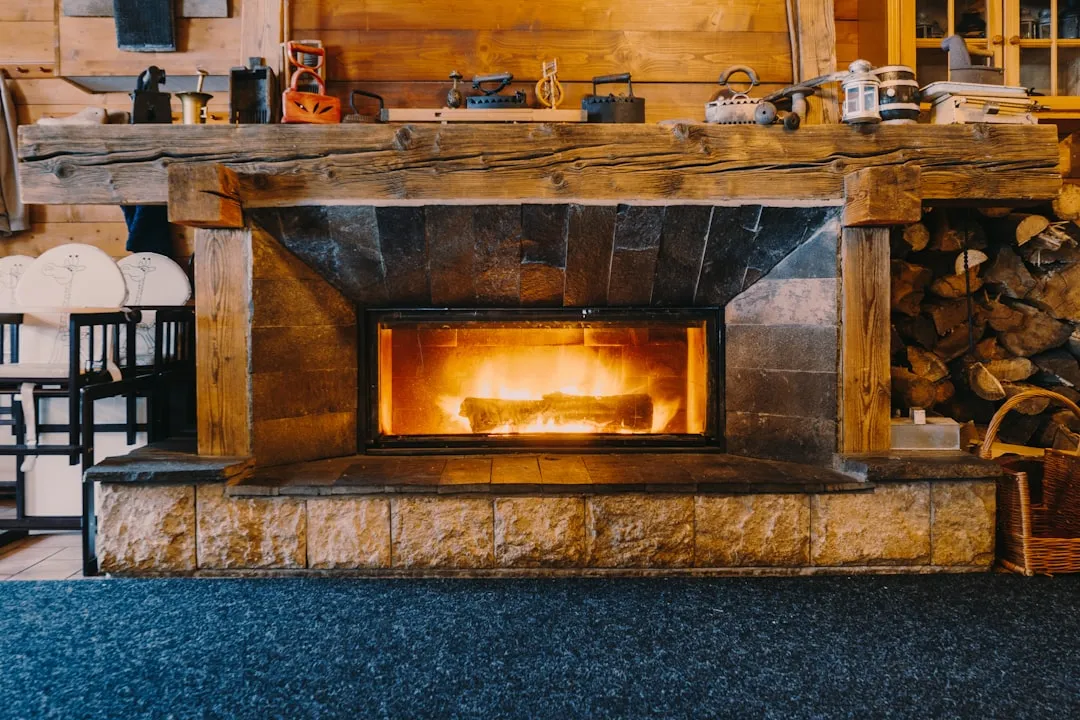

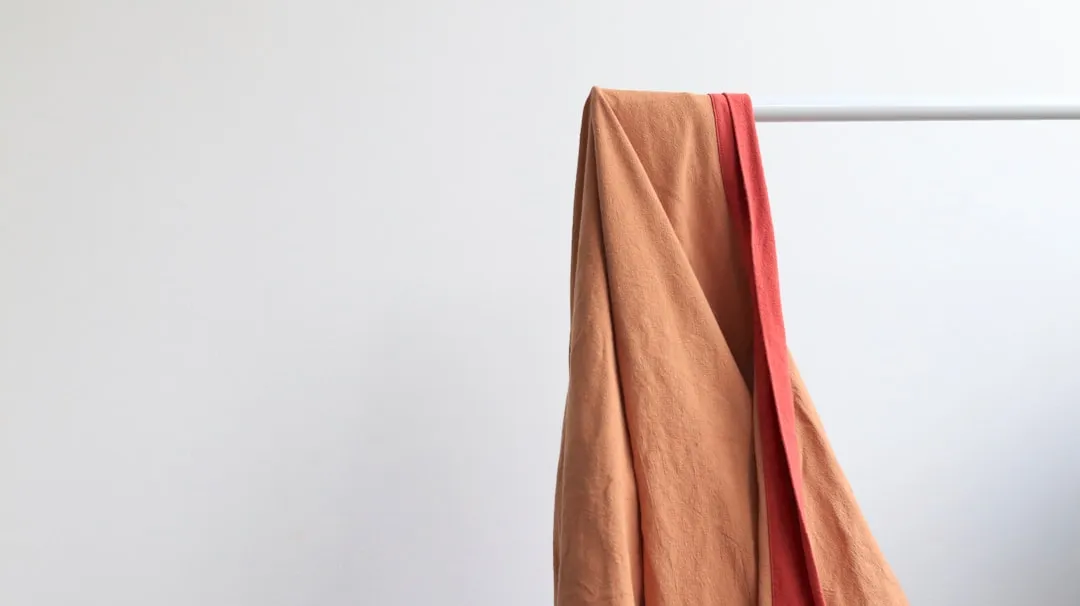
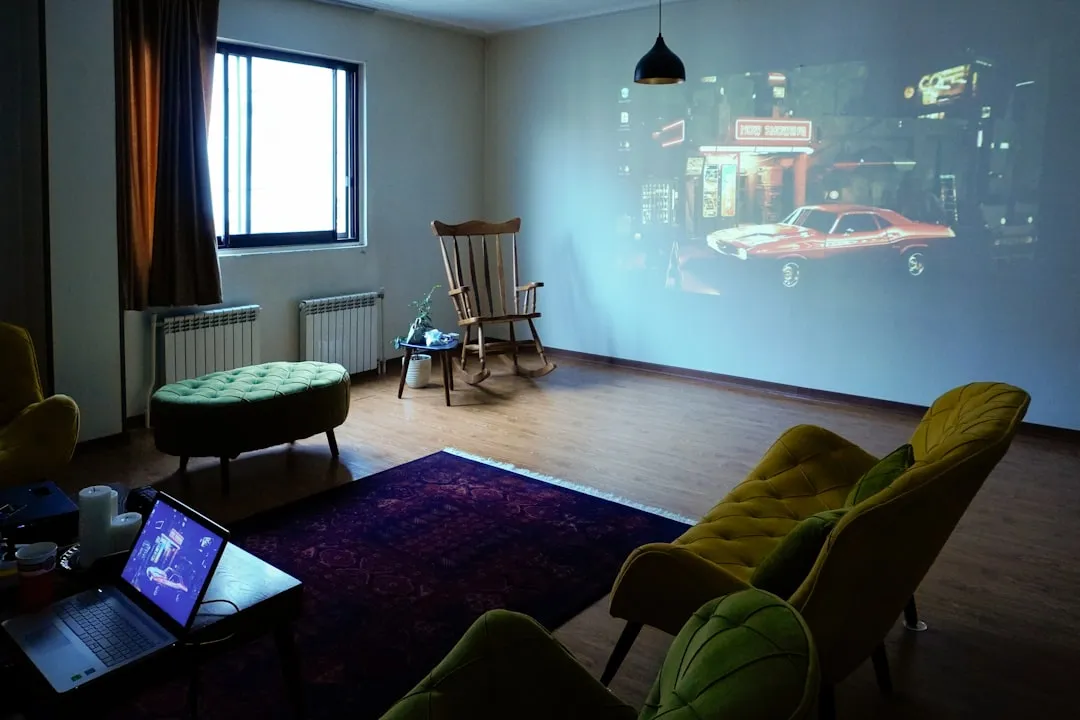
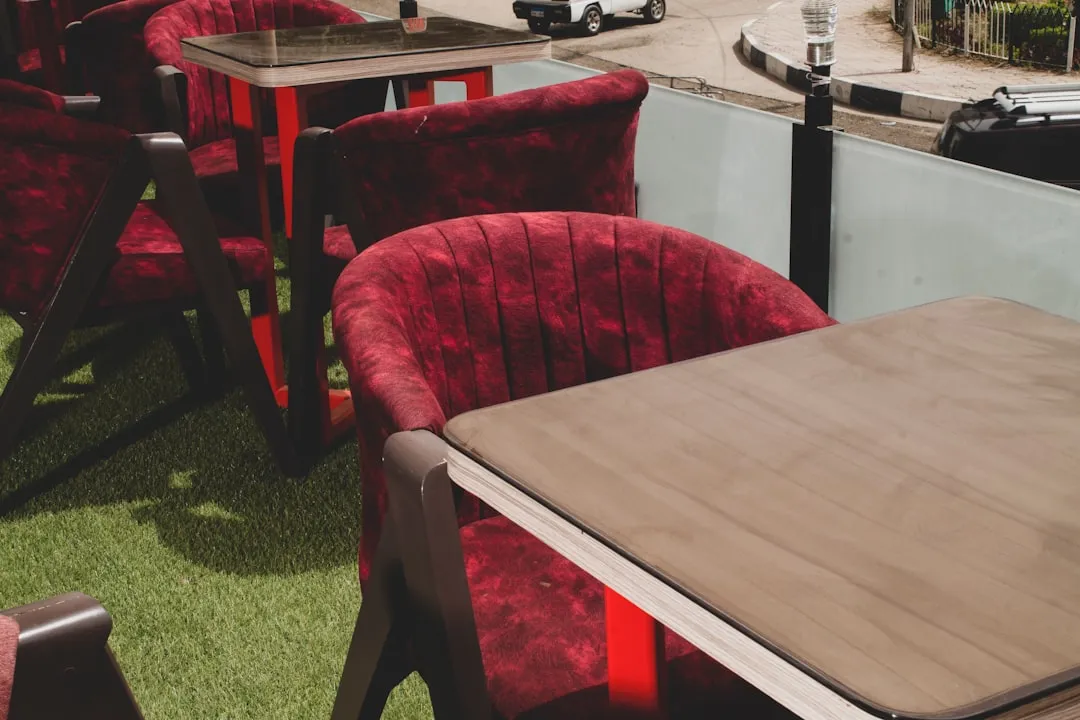
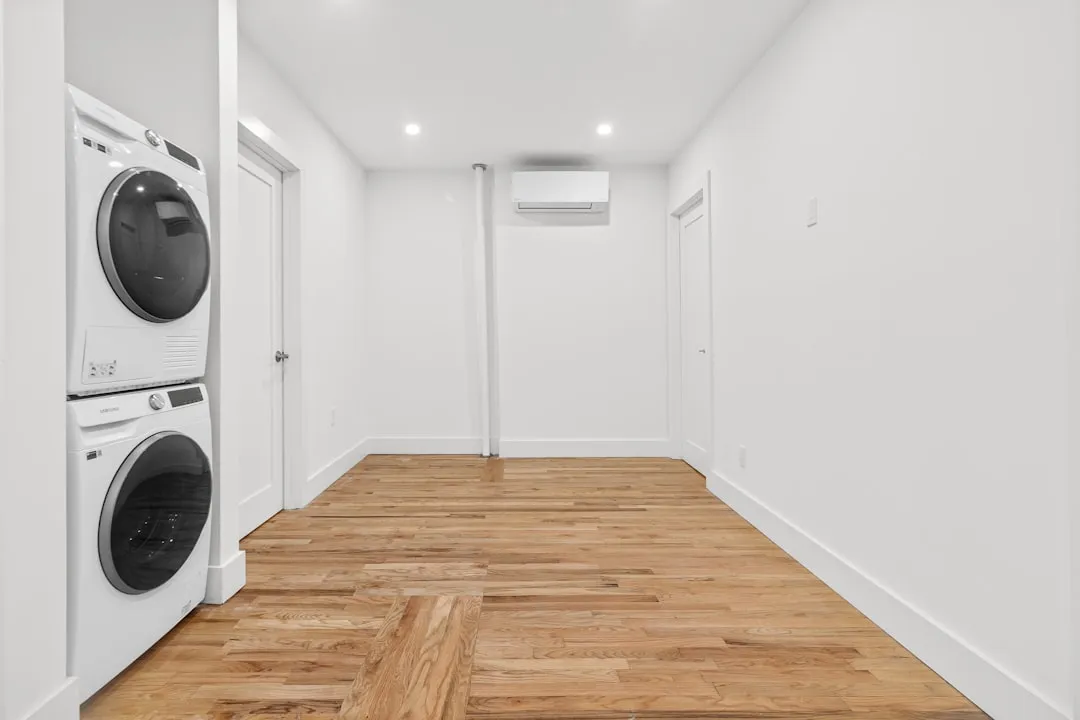
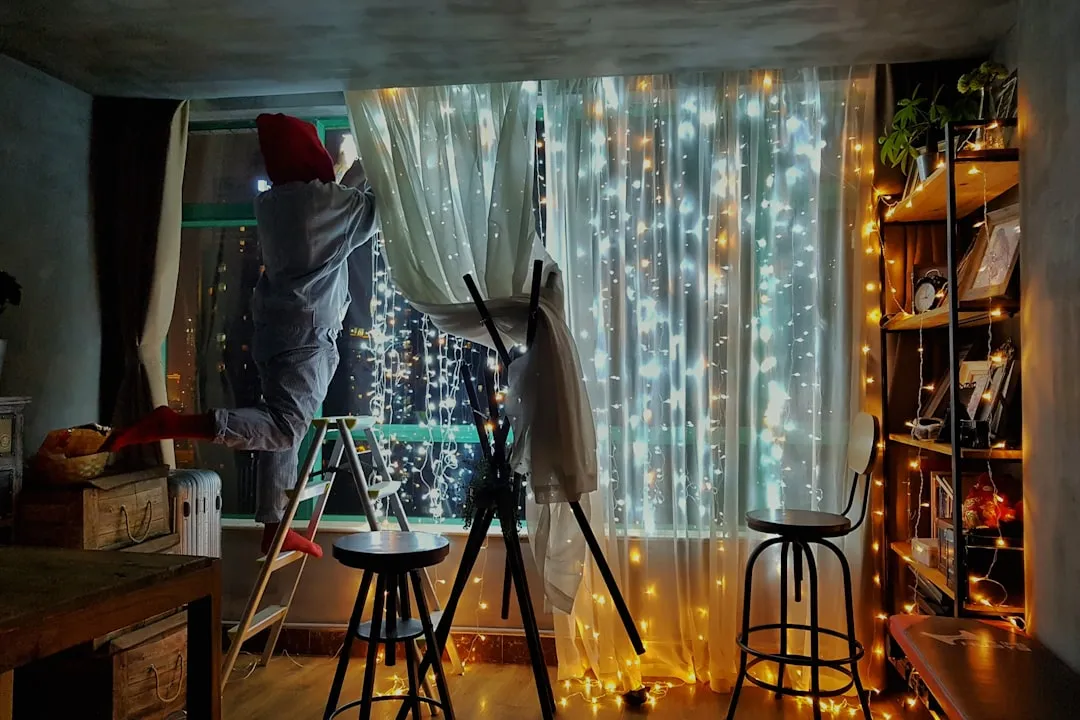
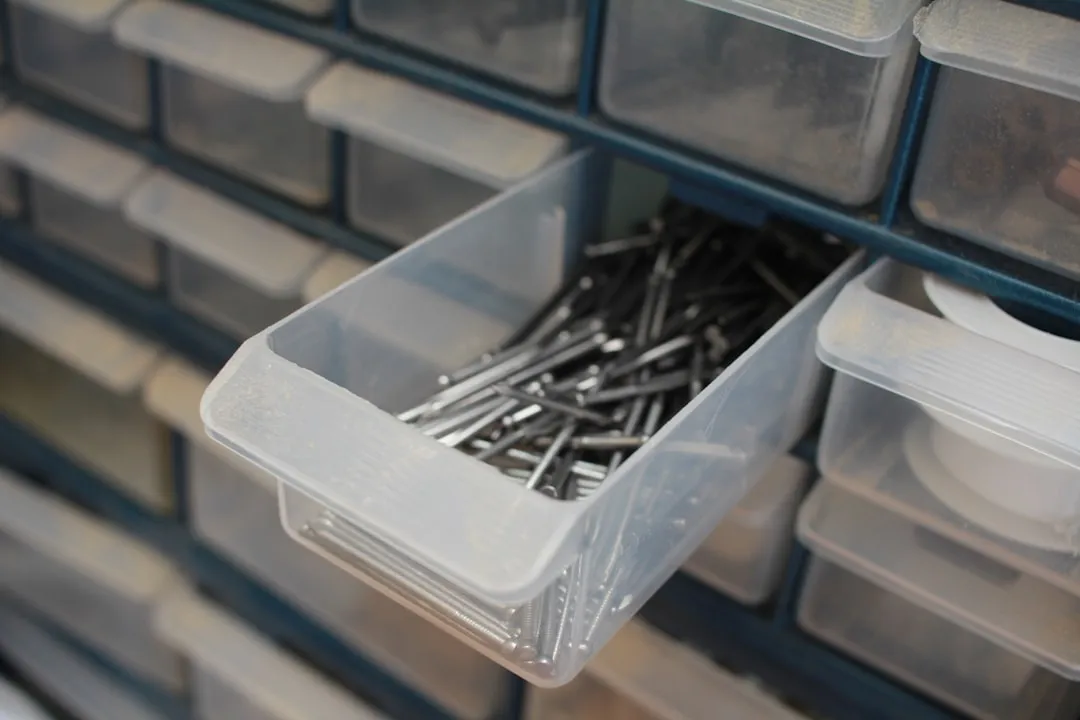
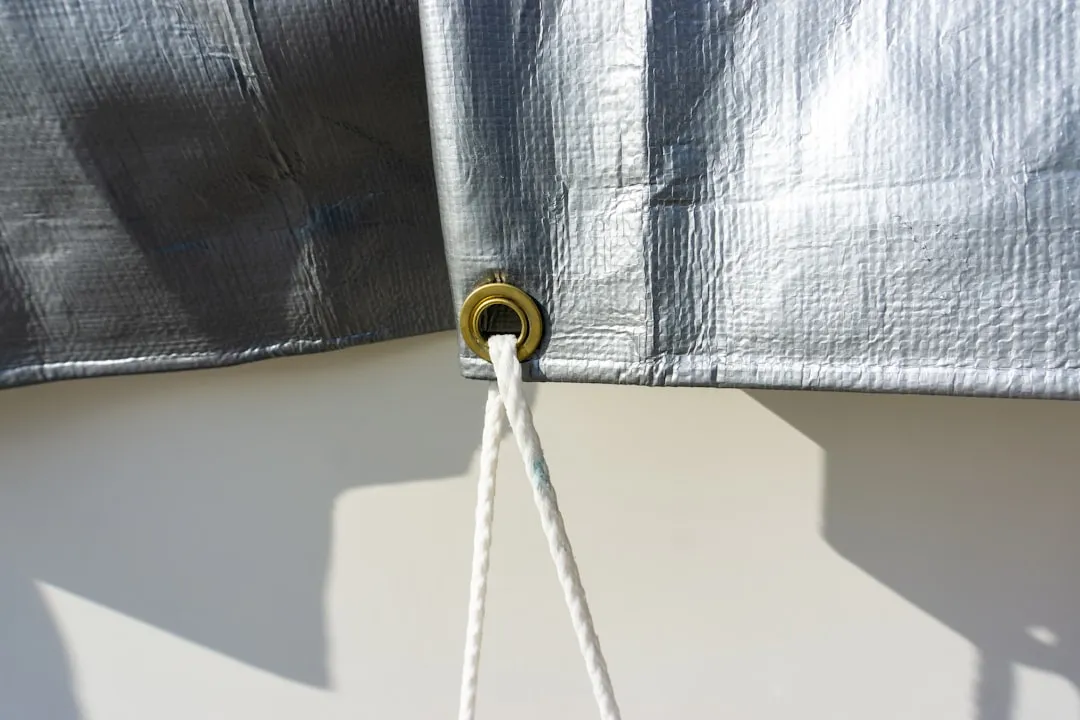


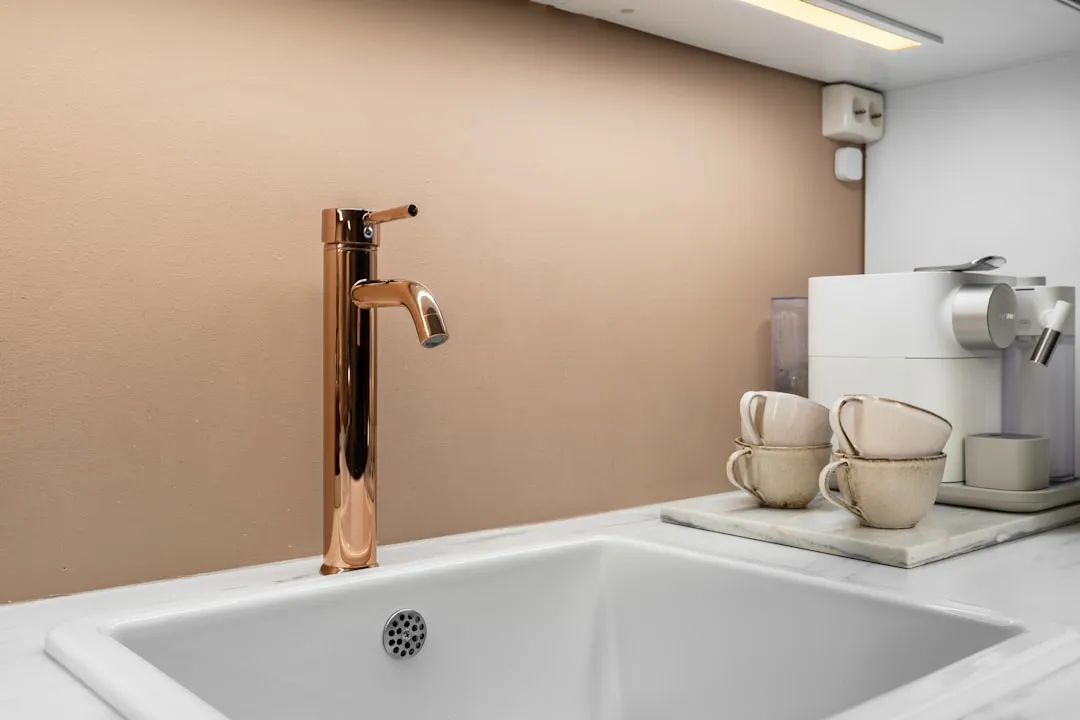
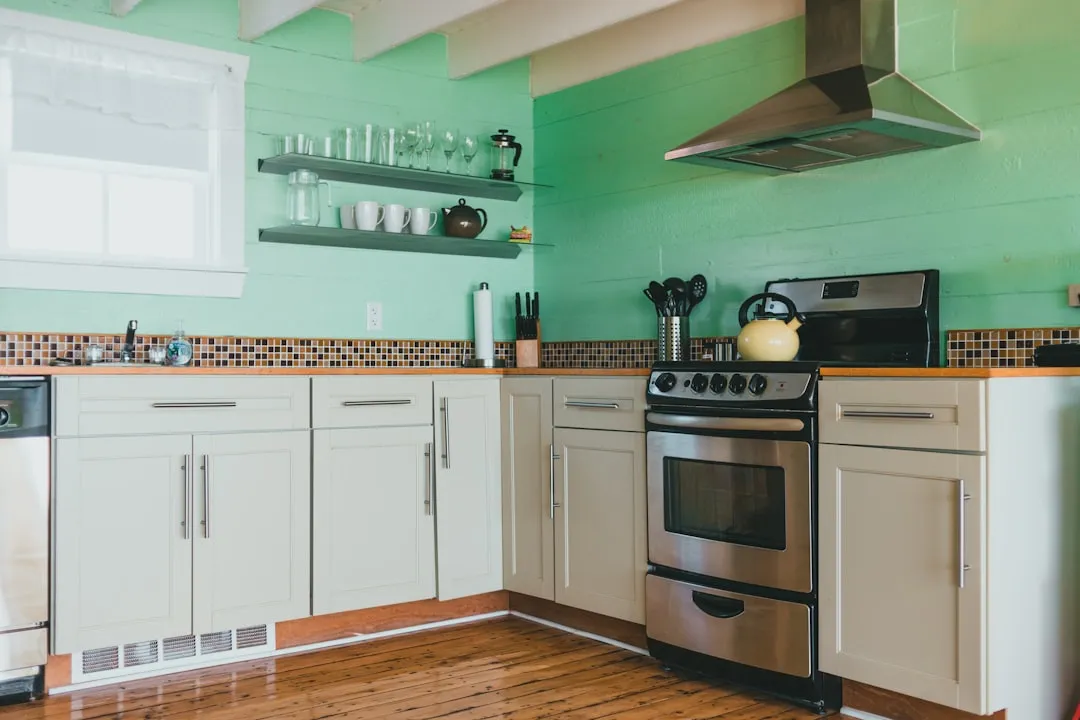
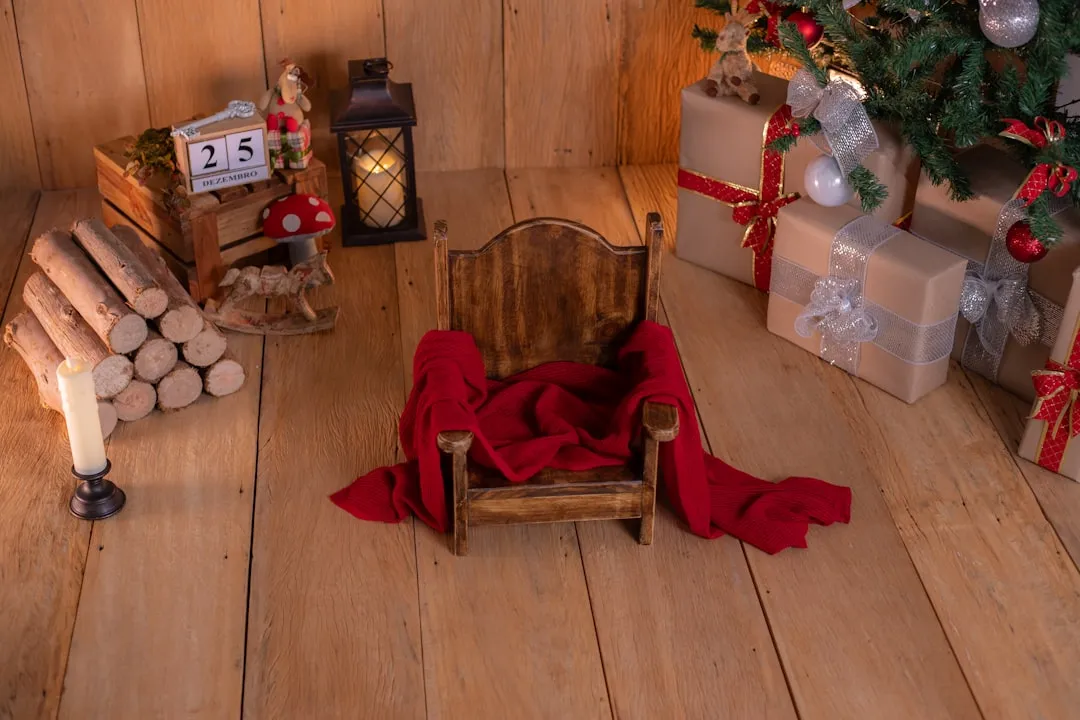

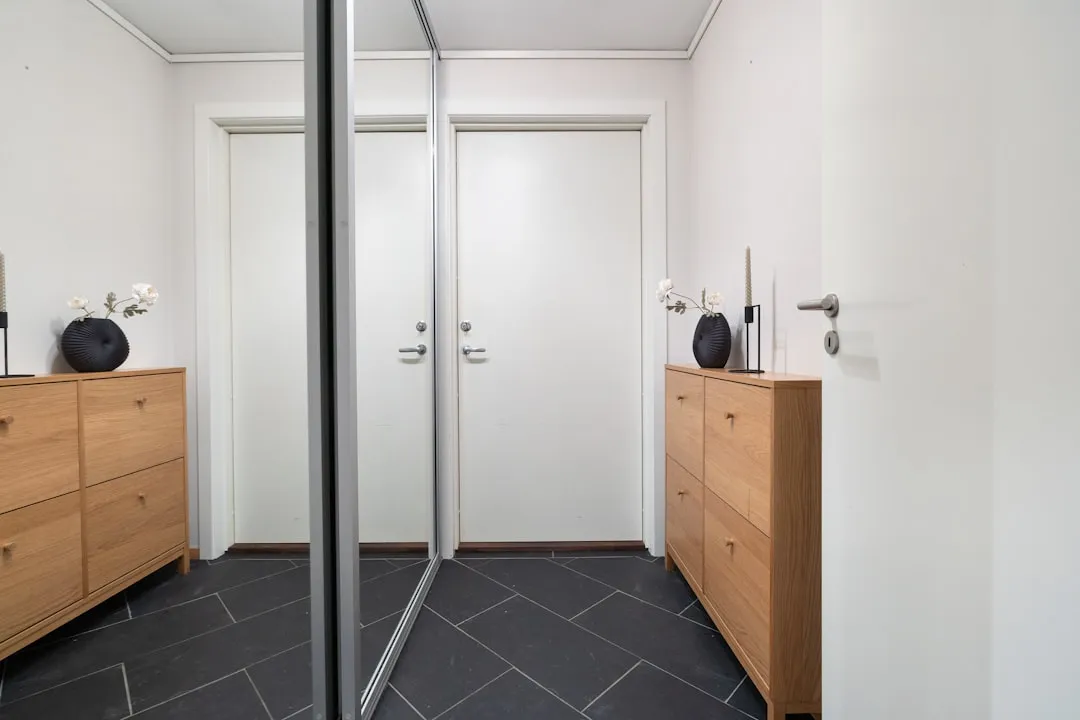
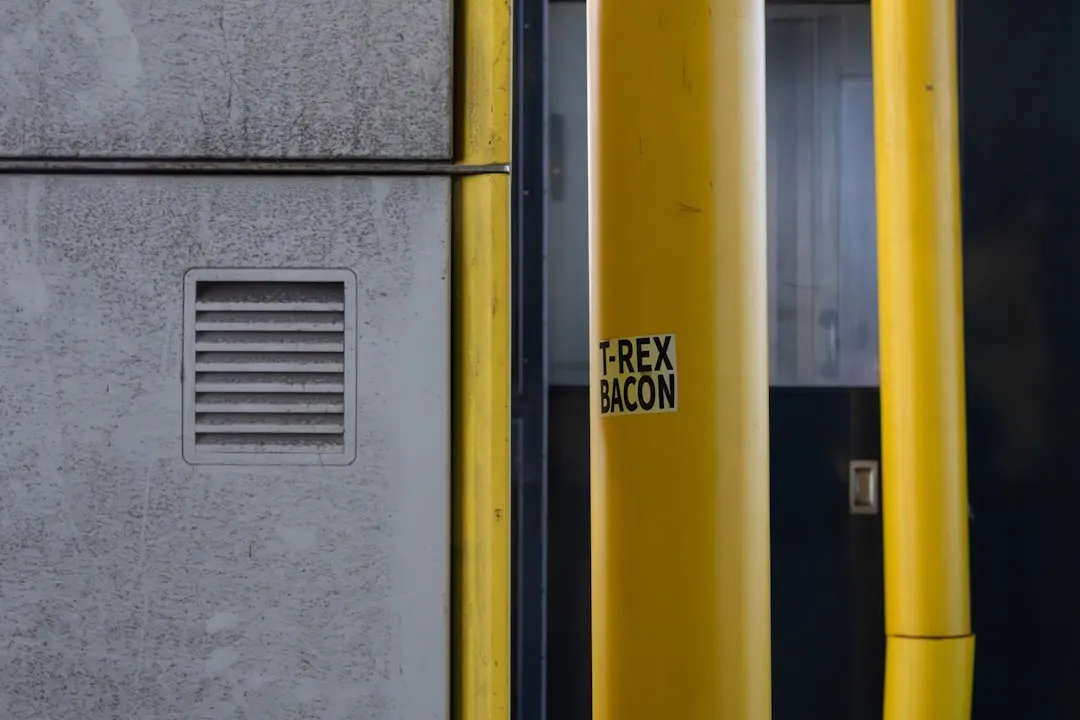
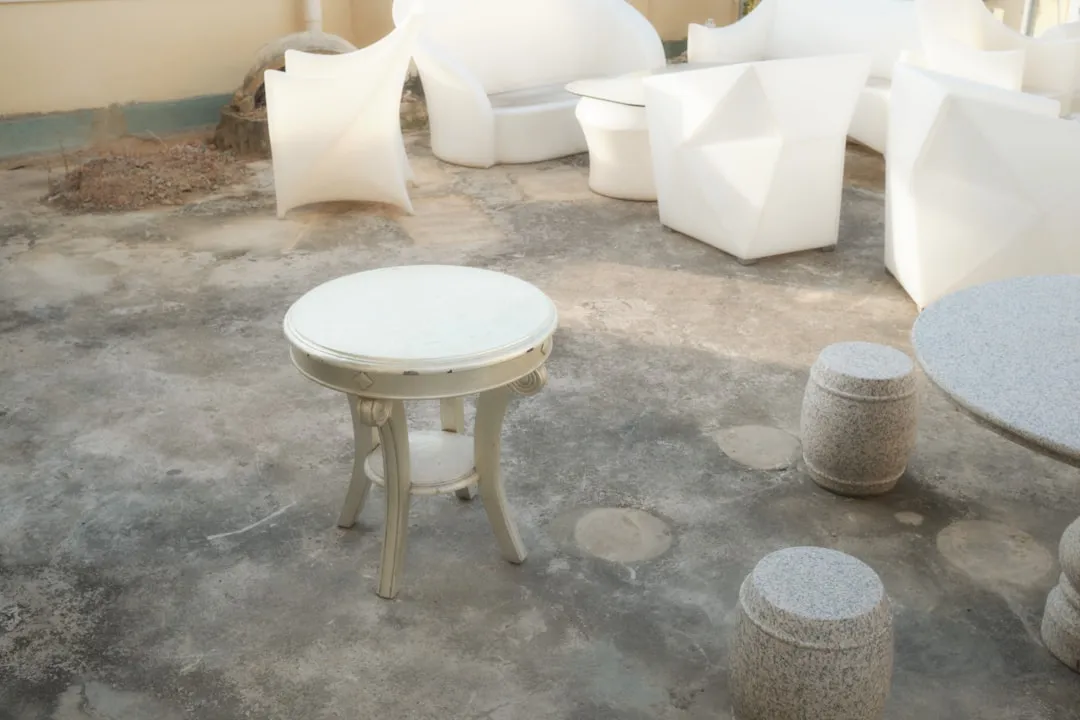
Comments
Be the first, drop a comment!